Datopolis is a board game by Ellen Broad and Jeni Tennison from the Open Data Institute, and as you might expect, it promotes the use of open data.
Datopolis is a board game about building things — services, websites, devices, apps and research — using closed and open data. It’s set in a town called Sheridan, which is gradually declining as shops close, teachers quit, hedgehogs go extinct and pollution rises. The tools that players build contribute to making Sheridan a healthier, wealthier, happier place to live.
Sounds good to me.
For a limited time, you can buy the game on Game Crafter. You can also download the components from GitHub and print them yourself, because it’s all openly licensed, fittingly.

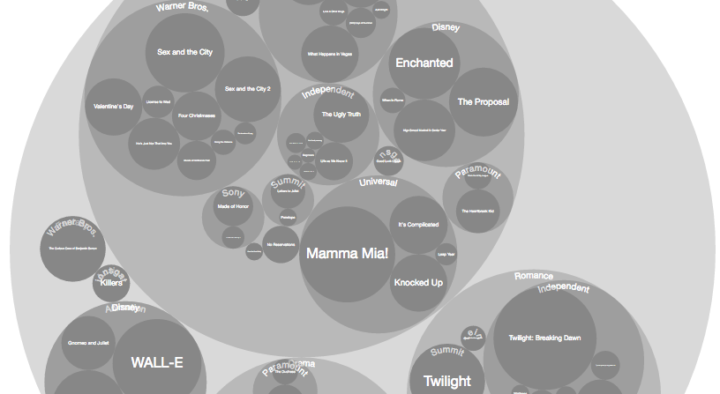

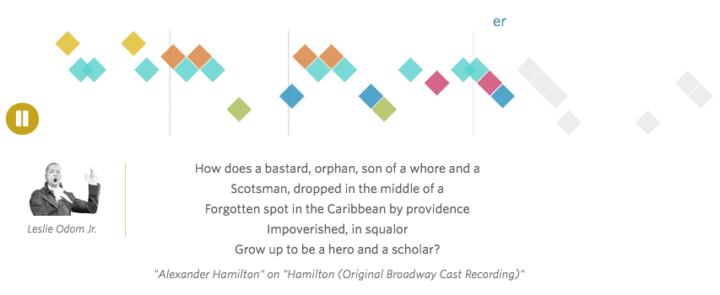



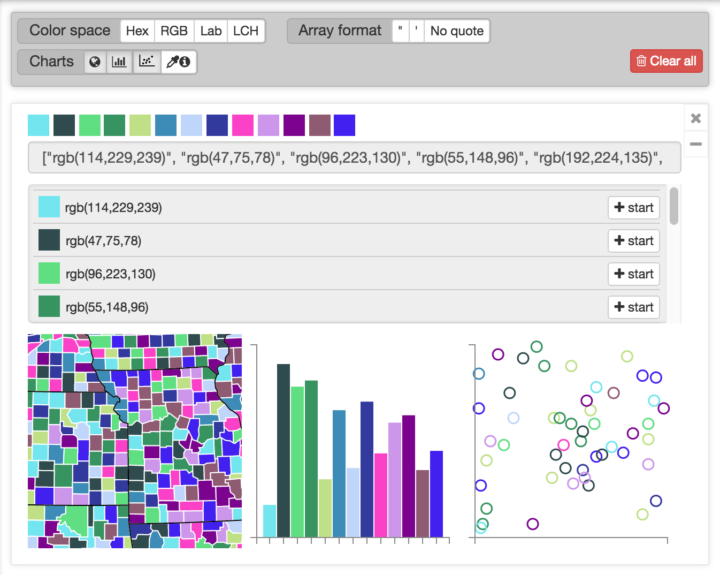
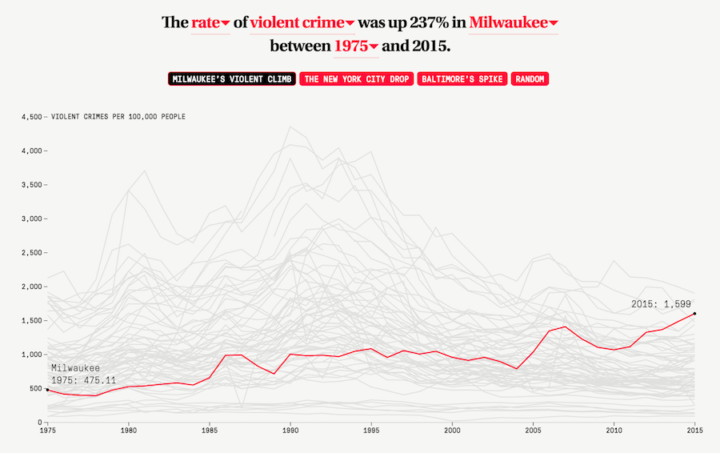


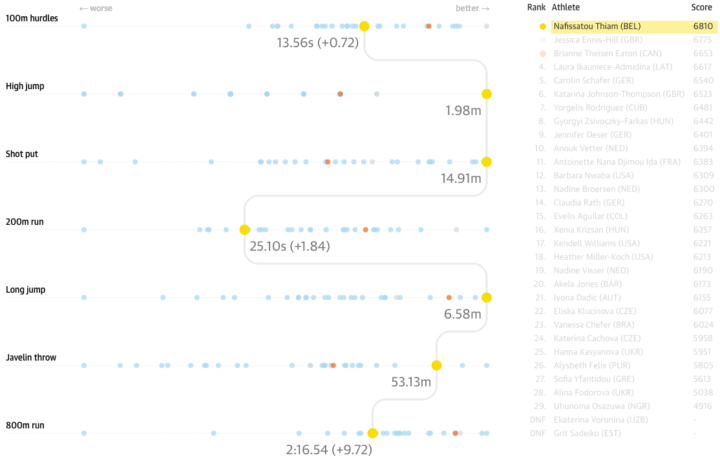

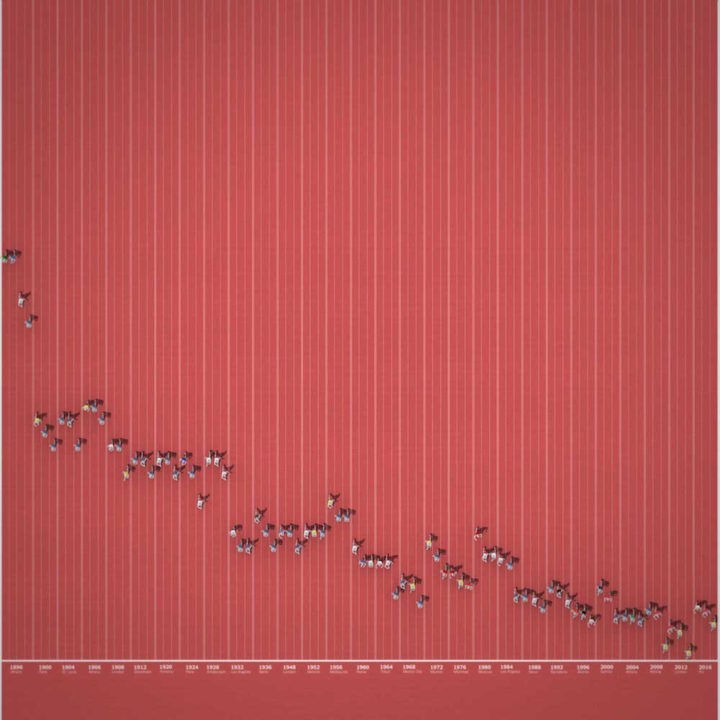
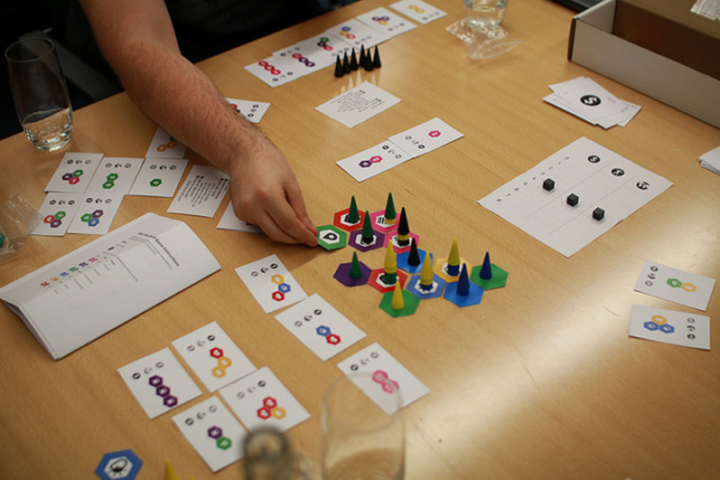
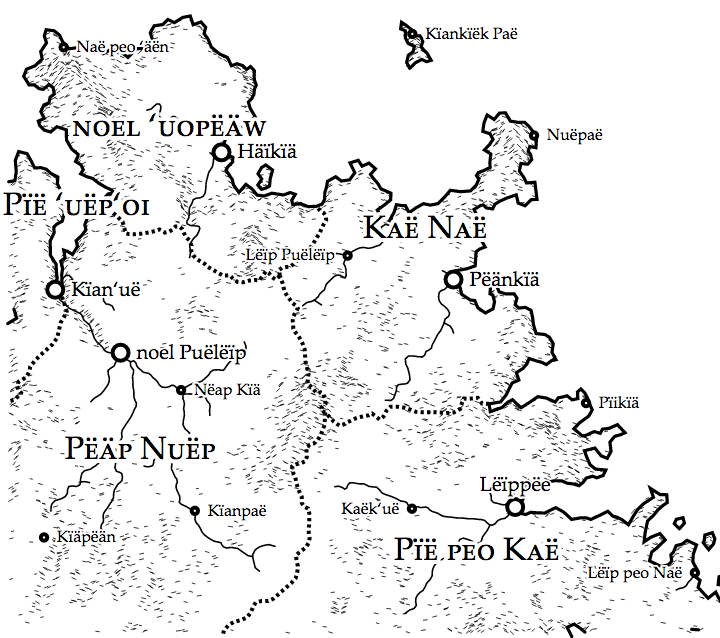
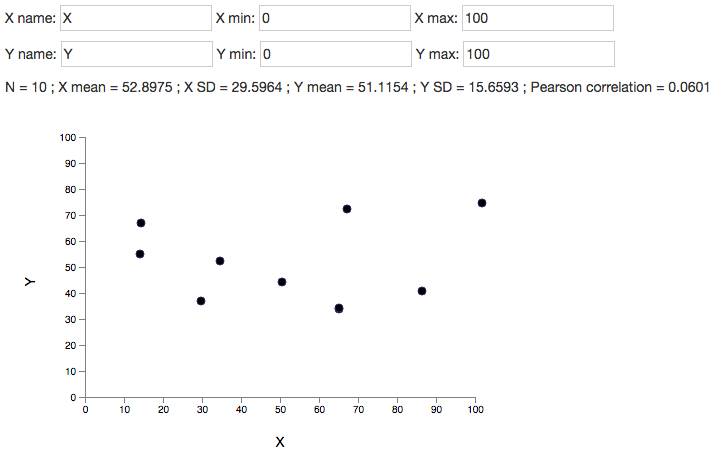
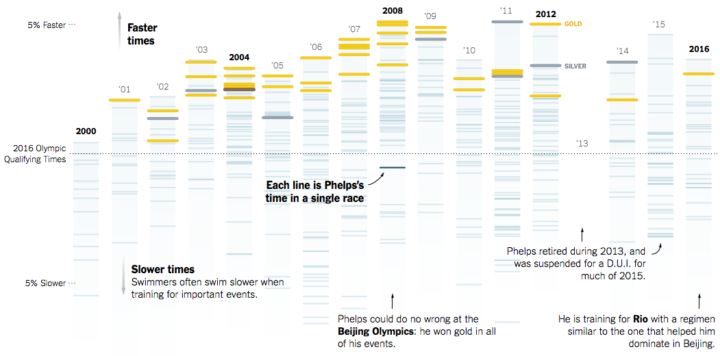

 Visualize This: The FlowingData Guide to Design, Visualization, and Statistics (2nd Edition)
Visualize This: The FlowingData Guide to Design, Visualization, and Statistics (2nd Edition)










